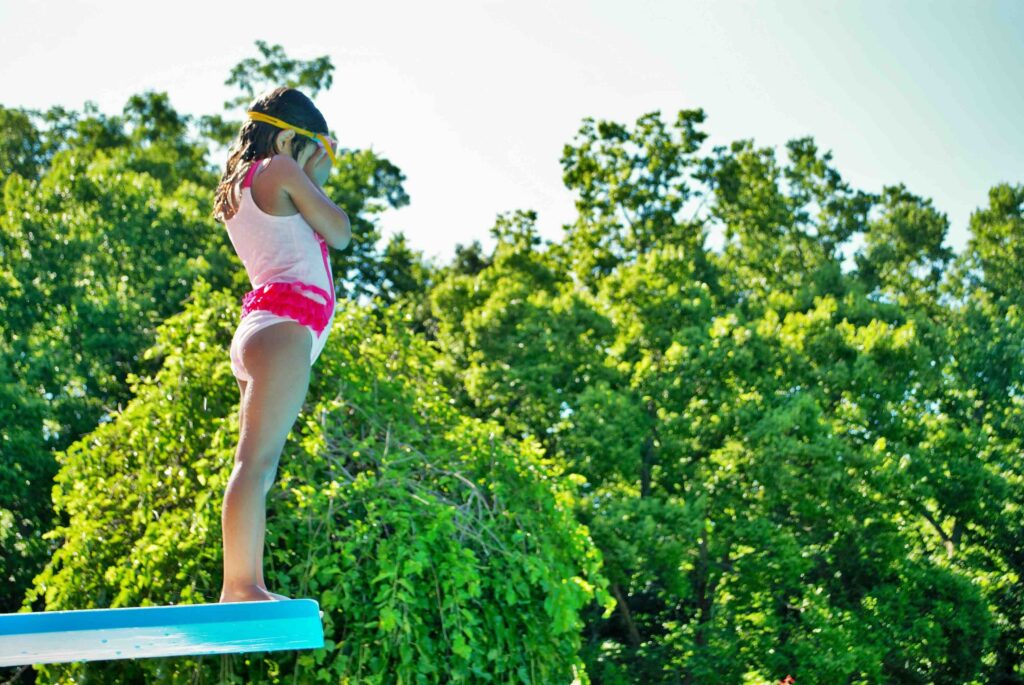Introduction
Unbeknownst to many, there is a concerted effort to reduce high drowning rates among the American Indian/Alaska Native (AI/AN) population. As advocates of safety and resilience, the American Red Cross found itself trying to understand the barriers hindering access to swim lessons and water safety education within AI/AN communities. In their quest to find solutions, they turned to Southpaw to uncover the hidden factors contributing to this phenomenon.
The Problem
For the American Red Cross, the rising number of drowning incidents within the AI/AN community served as a sobering reminder of the urgent need for authentic community listening and intervention. The organization lacked a deep understanding of the unique challenges faced by AI/AN peoples. Without these crucial insights, any efforts to provide effective swim lesson programs and water safety education would most likely be futile.

Our Approach
In collaboration with the American Red Cross, Southpaw devised a multifaceted approach guided by empathy and expertise. A 20-minute online survey served as the initial gateway into understanding the community’s experiences with water and water safety. Following this, 20 in-depth 30-minute virtual interviews were conducted with teens, young adults, and parents. Leveraging their own extensive network within AI/AN communities, Southpaw partnered with subject matter experts and community leaders for recruitment, ensuring a holistic and authentic representation of voices.
The Solution
The insights gleaned through uncovering access barriers and cultural nuances proved to be a beacon of hope for the American Red Cross. Armed with this newfound understanding, the Red Cross could tailor their outreach, communications, and education programs to resonate authentically. No longer lost in uncertainty, they charted a course towards meaningful engagement and lasting impact.



